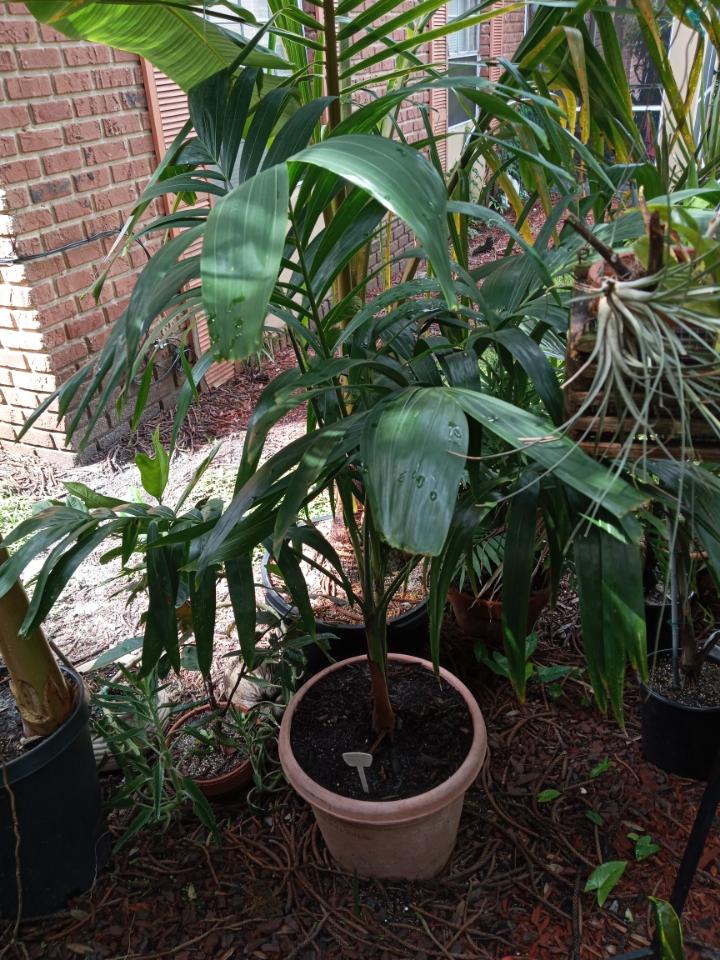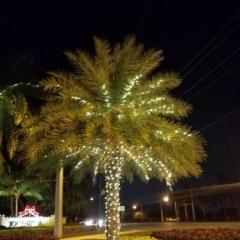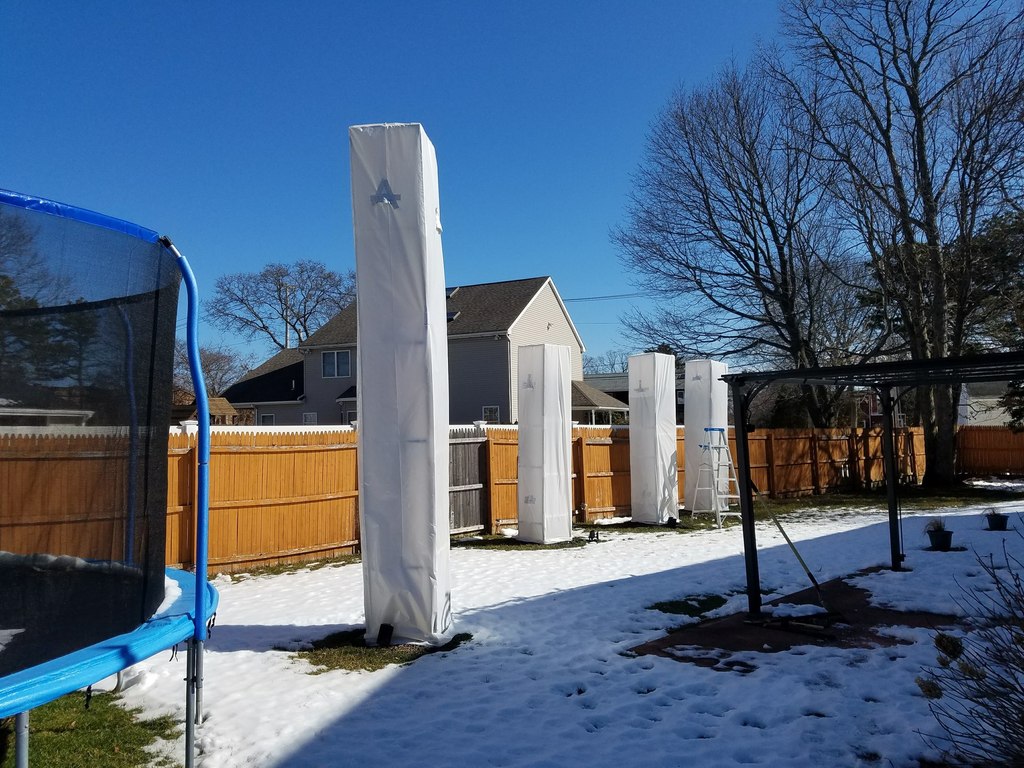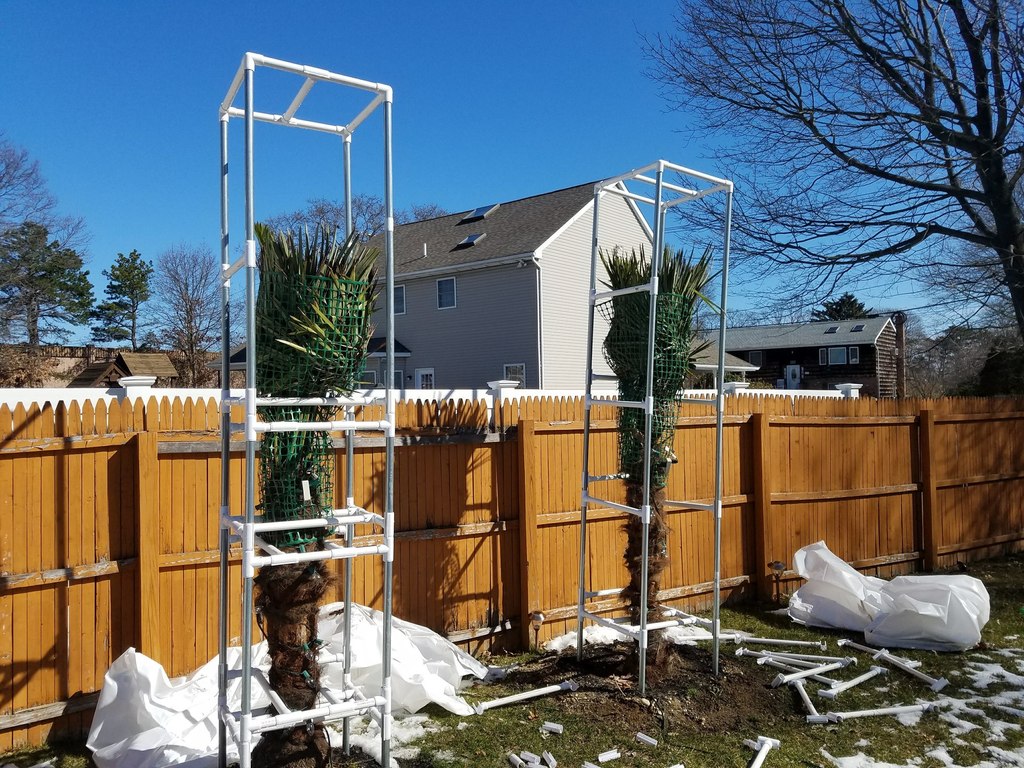Leaderboard
Popular Content
Showing content with the highest reputation on 11/25/2021 in Posts
-
Wishing you all a fun and safe Thanksgiving holiday. We're in full transition to winter in Fresno, 50s/60s throughout the day, with fog cover most days. 70s and sunny if the stars align (which sounds like a San Francisco summer ) . Lots of annuals are holding on to color, but they'll soon start getting powdery mildew and will need to be cut out. For now, palms seem to be loving the increase in humidity and some cloudforest plants are loving it too.13 points
-
8 points
-
End of fall update! So this is how the little Theophrasti will go into this year's winter here in Texas (fingers crossed, so far so good...). As you can see, the palm has been growing slowly but steadily. I've ignored it somewhat this fall since much of my scarce free time has been occupied by the (still ongoing) creation of new planting beds, an outdoor gym, as well as a medium-sized crevice garden. The companion plants may have the most interesting story. I removed the sun=protection from the Mexican groundsel that has finally established itself. If it gets through this winter, I'll be sure to get some nice flowers come spring. Deer have really left it alone! I wish I could say the same for the hibiscus on the right as I had to upgrade the deer protection for it instead. Next to netting, you may notice I planted a copper canyon daisy in front of it (they have a very lemony smell when brushing against it and the deer don't seem to like it). I can't wait for the hibiscus to grow taller and the Theophrasti to start sticking out its deadly spines to help protect it!8 points
-
When we move here last year there were a bunch of small Sabal palmettos and then I found these two back in the corner and one hidden up front, all nice mature specimens albeit not well looked after. These two I am clearing vines away and will trim any truly dead fronds. These are in a wet part of the yard so obviously like water.5 points
-
4 points
-
3 points
-
I got down to 24F the night before last , and it will be well above that for the next few weeks , it looks like , so I should finally be able to find out if my Washy is hardy at 24F or if damage starts , etc. I always thought it was frond hardy to 23F , and now I will have a perfect opportunity to at least take 24F off of the damage question about its hardiness . If it handles 24F well it might look decent well into December or into January . I'll watch it over the next few weeks and see what 24F does to it .3 points
-
Hey Y'all. I had a very large Dypsis heteromorpha die from a fungal infection, leaving this Licuala exposed to full midday to afternoon sun. I thought for sure it was gonna fry after growing up in the filtered light of the Dypsis above, but it made it through the second half of summer completely perfect. My question is: Do you think I should plant another taller clumping Dypsis (D. lafazamanga) next to it to give it some filtered light again, or do you think that this Licuala can take this much sun? I'm in SoCal about 9 miles from the coast. Something to consider is that the stumps of the dead Dypsis is buried under that mulch, so I'm not sure if that would be smart to replant in that spot so soon without the old stumps rotting away first. Any ideas would be welcomed. Thanks.3 points
-
3 points
-
3 points
-
3 points
-
I tried but didn't get a call back from them. This was Premier Tree Experts. One guy climbed and chainsawed leaves and passed them down. They were done in under an hour.3 points
-
3 points
-
2 points
-
I get this from time to time. I just woke up from a dream where I was collecting Thrinax radiata seeds, some unknown plant species, and I saw stand of Pinus clausa and I saw Ptychosperma elegans naturalizing. I will have dreams about specific plants as I either look out the window from somewhere or walking through woods.2 points
-
Any place near a house like that will moderate cold air , but I typically think of a microclimate as on the sunny south side of a house or building . Here's my best microclimate which is in a sunny southern exposure near the house . That Butia is draping way over the walkway ; I guess that's just part of living in the tropics .2 points
-
2 points
-
2 points
-
2 points
-
Well grown and happy. That parent could be the beginning of a cold-tolerant strain of Betel Nuts. Broad internodes, a lot of speedy growth; he is very happy there. Record it if you do... for academic reasons.. Ryan2 points
-
2 points
-
2 points
-
1 point
-
1 point
-
So it's rather 10a then. The lowest I get in my area is 34 so I think I wanna give it a try; if I find a seller here in Europe.1 point
-
1 point
-
1 point
-
There is a cold hardy citrus guru (Bob Duncan of Fruit Trees and More) on Vancouver Island that specializes in citrus trees for the PNW. We have to contend with occasional freezing weather in the winter alone with a lacklustre amount of growing degree days in the summer. Bob grows manadarins, lemons, grapefruit, and certain varieties of oranages all with minimal winter protection (maybe a frost blanket and Christmas lights for some). They all take longer to ripen than in warmer areas, but when they do they are sweet and tasty! Check out their website for some good videos and tips for growing citrus in the cold: http://www.fruittreesandmore.com/ Outside unprotected, I am growing Yuzu and Mandarins (China S-2 variety). Both have seen -5C a few times with 0 damage. I am also able to ripen both fruits no problem, even all the way up here. I don’t bother to protect them anymore, maybe I would throw a blanket over the Mandarin if the temperatures threaten to get real cold. Oh, and another thing to lookout for: Whenever a cultivar in grafted on P. trifoliata rootstock it also gains a degree or two hardiness, so if you can look out for grafted trees that would help. Here is a picture of my Mandarin growing at 49 degrees North. They won’t be quite ready for Christmas, but the fruits are looking good!1 point
-
Speaking of Spiders, this kid crawled out from some old junk i'd removed from behind a shed while cleaning up the yard of a house i'll be moving into soon. First thought was " Did i just unearth the nearly impossible to find Desert Recluse ( Loxosceles deserta ?.... )" < which is related to that "other" Recluse back east, and possesses similar, but not quite as dangerous toxins in it's venom > Fiddle " on the flat, disc-shaped upper body looks right, ..legs are long, very hairy ..but, somethings off.. Color, eye arrangement, rounder lower body.. Still not 100% sure but leaning toward one of the bigger Cellar Spider sp. vs. our extremely reclusive Recluse.. Regardless, large Pedipalps near it's head indicate it is male, lookin' for love ( ...In all the wrong places... ). Could be Giant Daddy Long legs, Artema atlanta, or a Marbled Cellar Spider, Holocnemis pluchei, the more common option. Had a similar looking spider wander into my room early one morning before i scared it back under the door, out into the hallway. ( i was still half asleep. Threw a shirt at it, lol ) After thinking it probably found it's way back outside.. or maybe had disappeared under a cabinet in the bathroom or something, what might have been the same spider appeared on a wall near the living room last night.. is back outside now. As far as " Cellar Spiders " go, the two listed are generally bigger ( and move a bit faster ) than the typical " Cobweb " spiders that hang out almost anywhere they can find a spot. The common name also applies to several different Genera. Regardless, have noticed, where ever they are, Black Widows, of any size, are absent / don't try to set up homes.. Same thing doesn't seem to apply for the species listed above. Found a Black Widow and a couple of the bigger Cellar Spiders living quite close together in a shaded section of a window. Are gone now.1 point
-
Tree branches seem to act as a thermal break, trapping warm air to the ground and preventing frost from settling. My yard is protected by a canopy of mature evergreens and often it will be 36 or 38f in my yard, no trace of frost, while my neighbors yards and roofs are all coated in frosty white.1 point
-
I survived that. I was in high school and missed the whole week of school. Then I went to college in northern Wisconsin lol. There were large Trachycarpus planted a few years after that at a car dealership or restaurant on the east end of Louisville that lasted a winter or two. I even planted a trachy that survived a mild winter and moved it to Texas but texas heat or saline city water was too much for it.1 point
-
Yes, I really agree. My minors and my Louisiana in my south micro-habitat are about 2-3 times bigger than minors from the same source and age, grown in open or shaded areas of my yard. In my 6b climate, I've thought that a courtyard micro-habitat in a downtown, would be the best try for a trunking palm. BUT, on January 19th, 1994, central Kentucky had a nice 20 inch (.5 meter) blanket of snow. Above the blanket, it was -22f in Louisville, -27f in Frankfort, -36f in Shelbyville, -40 f/C unofficially in Henry county (all sites 400 to 800 feet ASL). https://www.wunderground.com/history/monthly/us/ky/louisville/KSDF/date/1994-1 I didn't have any palms then!1 point
-
On Dec. 1st, my Washys will to go into a heated, sunny, loft garage until March 1st. along with the Butias, Queens, Canary Dates, less hardy Trachys, Cycads, and Sabals. It's worked for the last 16 years.1 point
-
Iodis would be the most likely, based on the amount of iNat observations there, but wouldn't be surprised if chalcodes occurs there too.. let alone possible hybrids. See Grand Canyon Black, A. marxi has a couple supposed observations not too far to the east and south of St. George as well. Pretty sweet they're hanging out in the garden regardless.1 point
-
I think the main factor in getting them to survive in a colder zone is planting in a microclimate. Against a foundation on a south facing wall can make a huge difference than being planted in a super exposed place in the garden. Overhead cover is very important. If planted as an understory palm under a mature pine tree for example would shield a palm and for arguments sake let’s say a half zone of hardiness in my opinion. A very cold winter could kill them regardless, look at what happened in Texas last year. Palmetto seemed to make it where other palms didn’t, but there were still some that died. I would have previously thought a palmetto would be bulletproof Dallas area and south. To the main point, planted out in the open in zone 7b seems like a matter of time until the cold gets it.1 point
-
1 point
-
I was cleaning out some old leaves a while back and noticed these very funky leaves. I finally got around to taking a photo of them. They are on a female plant and appear a little like it couldn't make up it's mind if they would be leaves or megasporophylls, and ultimately decide to be leaves with these deformed leaflets that never really opened properly.1 point
-
1 point
-
Btw, here's what this needle palm looks like when they remove the mulch in the spring. Somehow most of the fronds perk back up within a couple of weeks! Unfortunately, I don't think any other kind of palm could survive in Western Mass. Although the winters seem to be moderating a bit over the past few years, thanks to climate change, this area still gets a few extremely cold nights, like -10F or lower. Frankly, I think my parents' yard may be more 5b than 6a, given that they live on a hill and are somewhat exposed. The lack of growing days, coupled with the general wetness, would likely lead to mold issues and stunt any other palm (windmill, sabal, etc.) beyond its limits. You may be able to tell from my first photos that there's some ornamental grass that started encroaching on this palm over this past summer. My mother's convinced the grass is beneficial, but I'm sure it's going to reduce the amount of sunlight the palm gets, and have been encouraging my parents to cut it back.1 point
-
Here is my 2 year 4 month old Adonidia merrillii "SanfordAirportensis" from seed found on the sidewalk in the vicinity of the palms. I think these are the the northernmost outdoor reproductive colony of the species in the CONUS. Thank you for sharing the updated photos Eric. I also actually like the Caryota when trimmed up in that fashion. Otherwise I think they look ratty and messy in general except the single trunked giants like Caryota no. -Michael1 point
-
The recent warmer winters and abundance of coconuts at box stores for low prices is driving up the coconut tour. If you drive down Conway Rd from Lake Underhill to Racetrac in Belle Isle, there are at least 5 sightings off the road. The one just past Curry Ford is the largest. Likely trunking. Just saw this one across from Racetrac today. There are also 2 large coconuts, both trunking and fruiting, off Reddit Rd.1 point
-
Today we took a drive over to Fort Myers to see the two palm parks in downtown FM. One of them, on Martin Luther King Jr Ave by the former railroad museum is now the home of two formerly wild Sabal palmetto Lisas that were rescued from an I75exit about 10 years ago. The taller of the two palms has been my avatar since I photographed them in situ in 2008. Those two palms have provided many 100s of offspring to members of PT since then. They continue to thrive in their safe home and have grown too tall for us to access seeds except by picking them up from the ground. I saw both palms are flowering and setting seeds about 6 months later than usual. I'd like to find more seeds but have no idea when they will be ripe. Guess I'll have to stay tuned. I took the following photos. Note that the taller palm sheds all its boots and has a bare trunk while the shorter palm hangs on to its boots. Sabal palmetto Lisa x2, Fort Myers, FL, 09/211 point
-
1 point
-
Doesn't look like Adonidia to me, even shade grown. Looks like P elegans to me but I don't have as much experience with those. Long ago I worked as a designer/estimator for big commercial landscape companies up North who had contracts for both interior and exterior maintenance for a lot of fortune 500 type companies in the Fairfield county area of CT. I only did designs for exterior but wrote contracts for interior and exterior construction/maintenance with cost guidance for the interior plantscape stuff from the interior experts. In some places the interior plants were cycled in and out of certain places in buildings or back to green house areas while remaining in the large planters and the cost was just factored into the yearly contracts. So just because a particular type of plant is placed in a interior environment that doesn't look suitable for sustained health doesn't prevent one from being there. Only a "plant person" who routinely saw the same planter would notice if it was switched with another that had the same plant species. Easiest way to tell is if you can see marks on the floor that don't line up exactly with the planter/pot. But sometimes the floors are polished out when the planter is temporarily removed, and these things are usually done outside of normal business hours so you don't have fork lifts driving around in the lobby of the business during regular hours.1 point
-
1 point
-
That Adonidia is a 2009-10 survivor. It was in a triple clump.1 point
-
1 point
-
Here are some trees I just unwrapped these past 2 days... The tree covered with canvas had no burnt or moldy fronds. Even both systems work I like the way the trees come out with the canvas. The canvas cover is gets much air circulation then the plastic cover due it more breathable fabric. The pictures files are big so ill post a bunch in row1 point
-
1 point
-
1 point



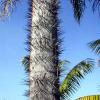
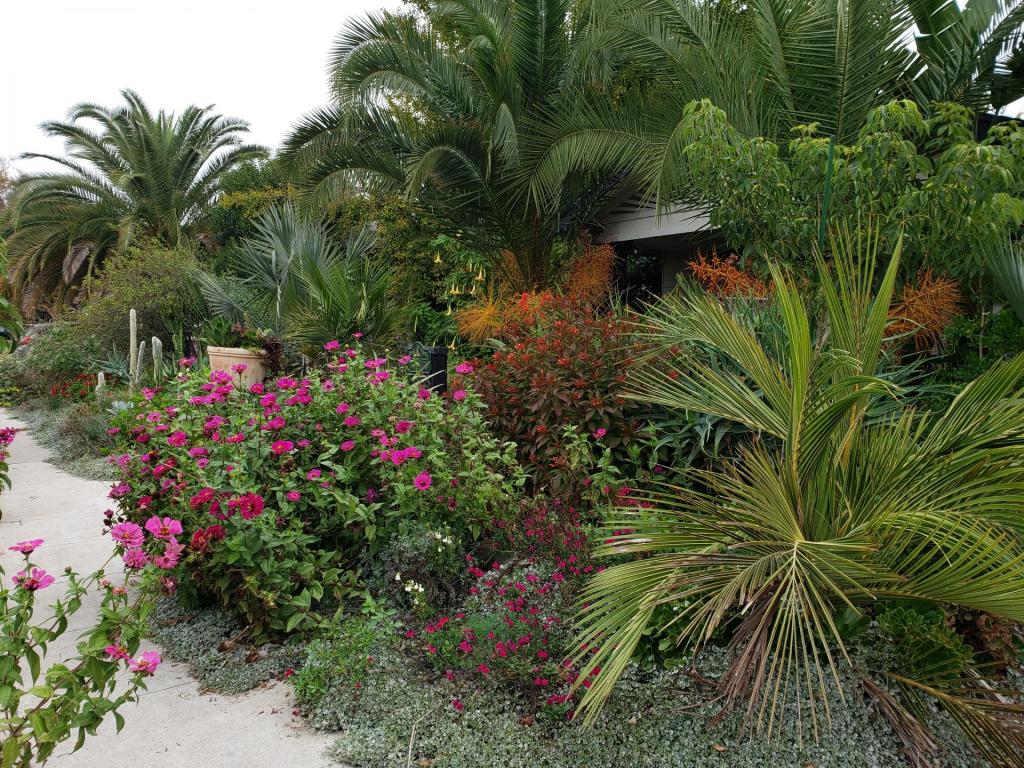
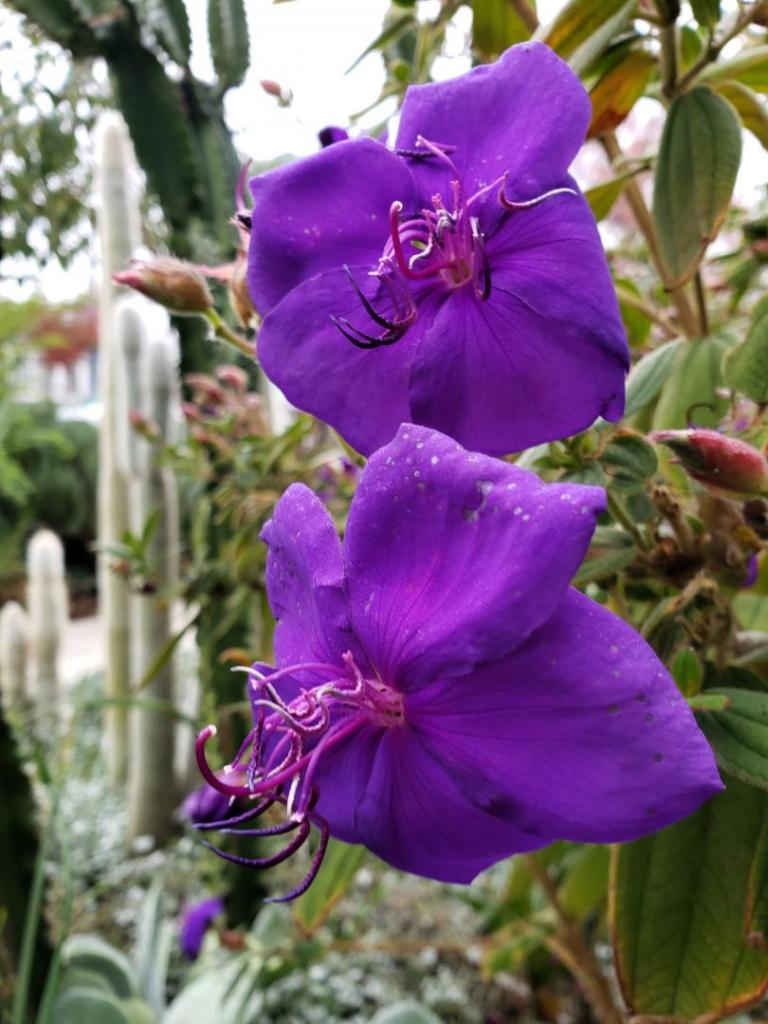



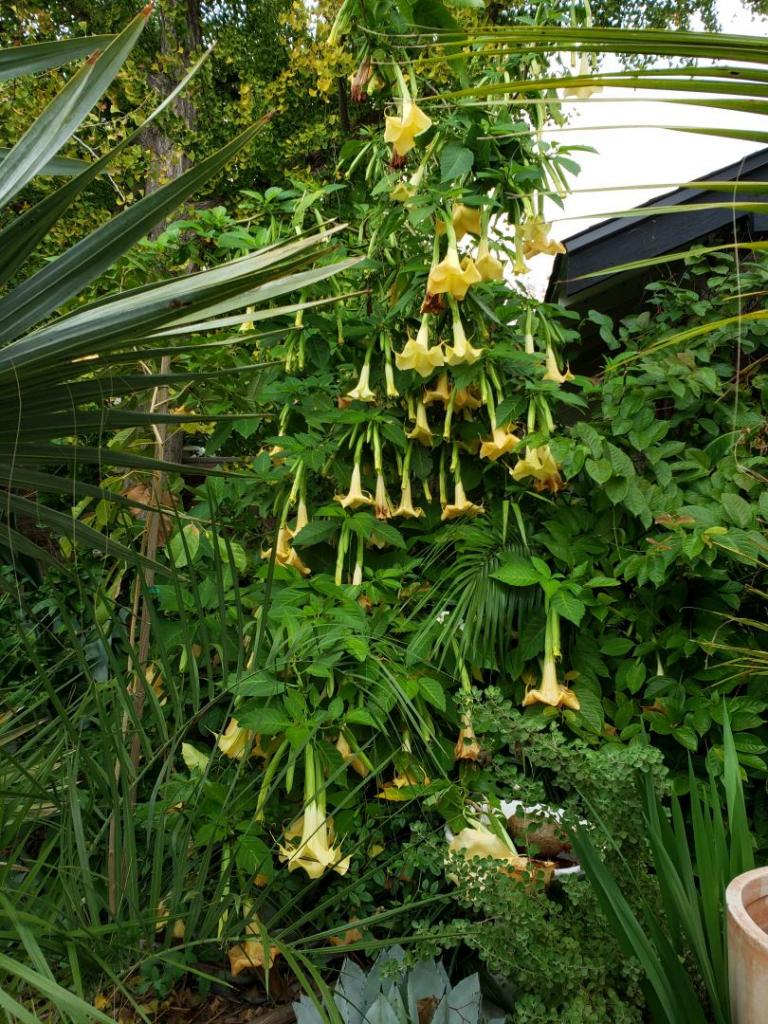
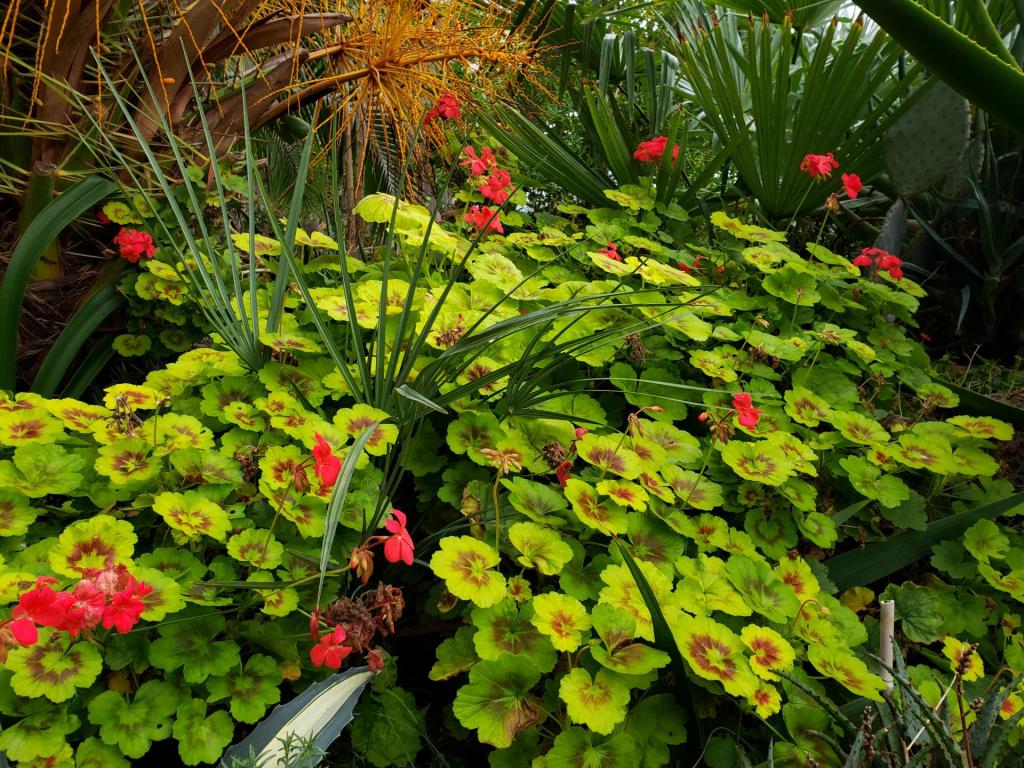

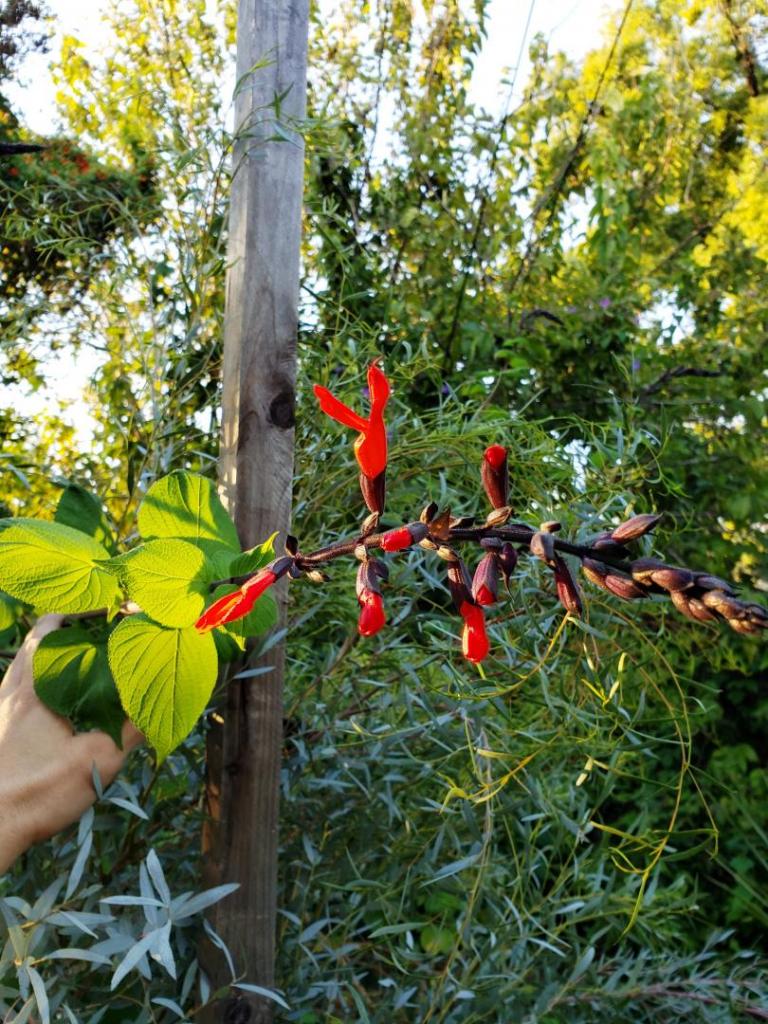
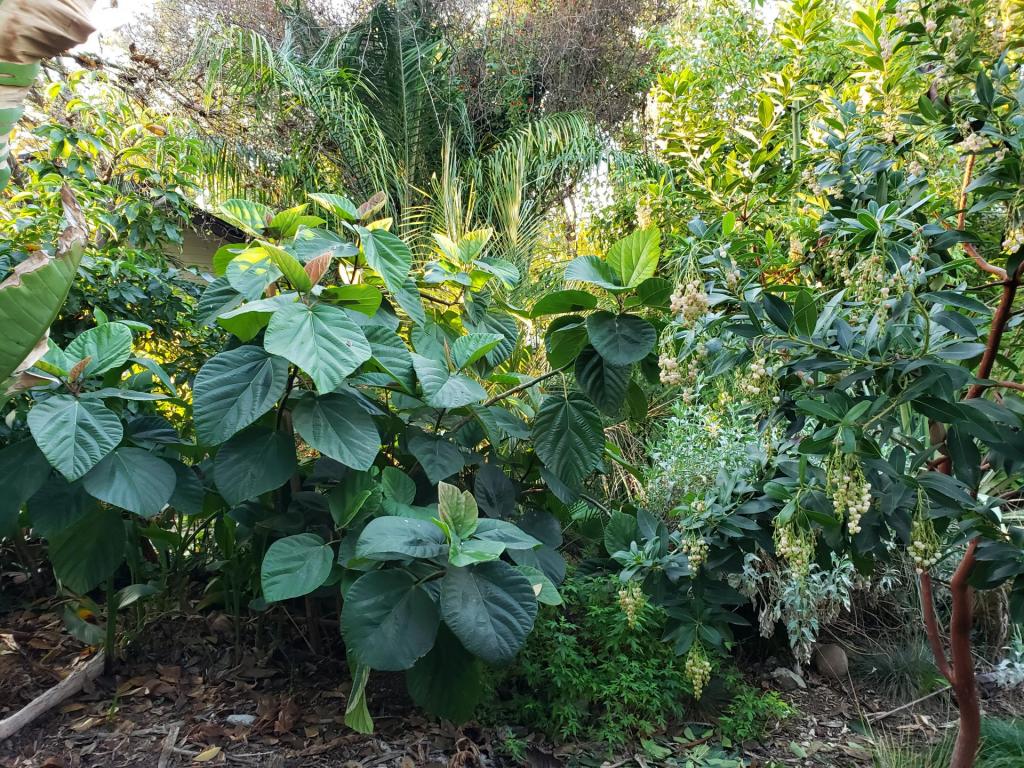
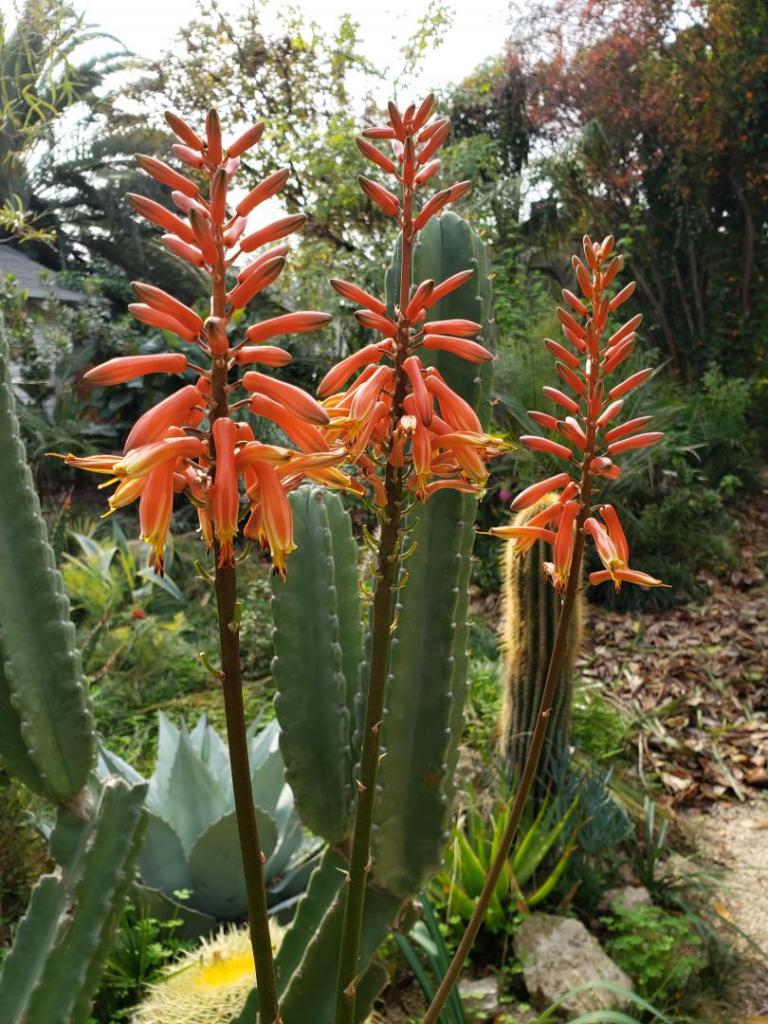
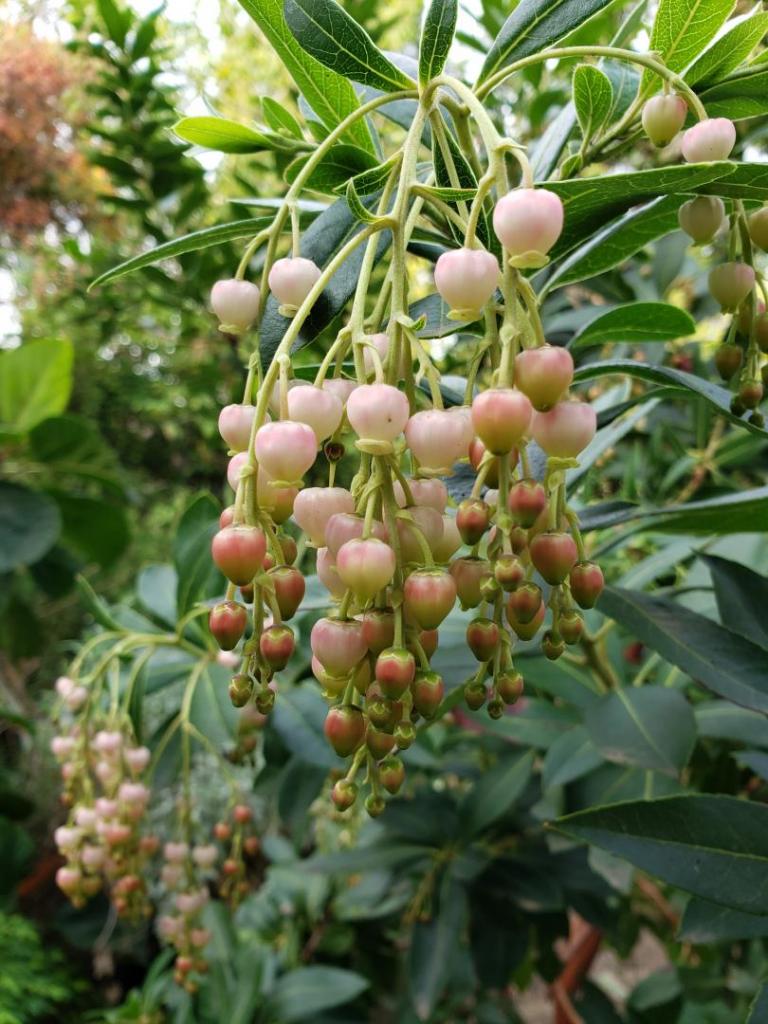

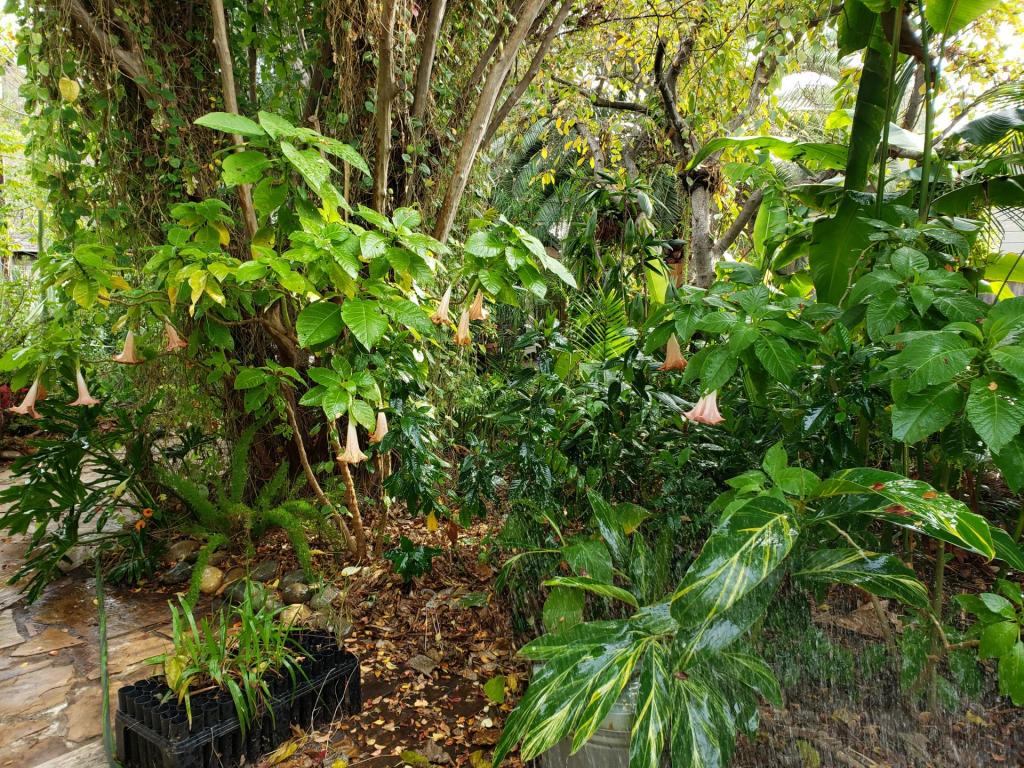

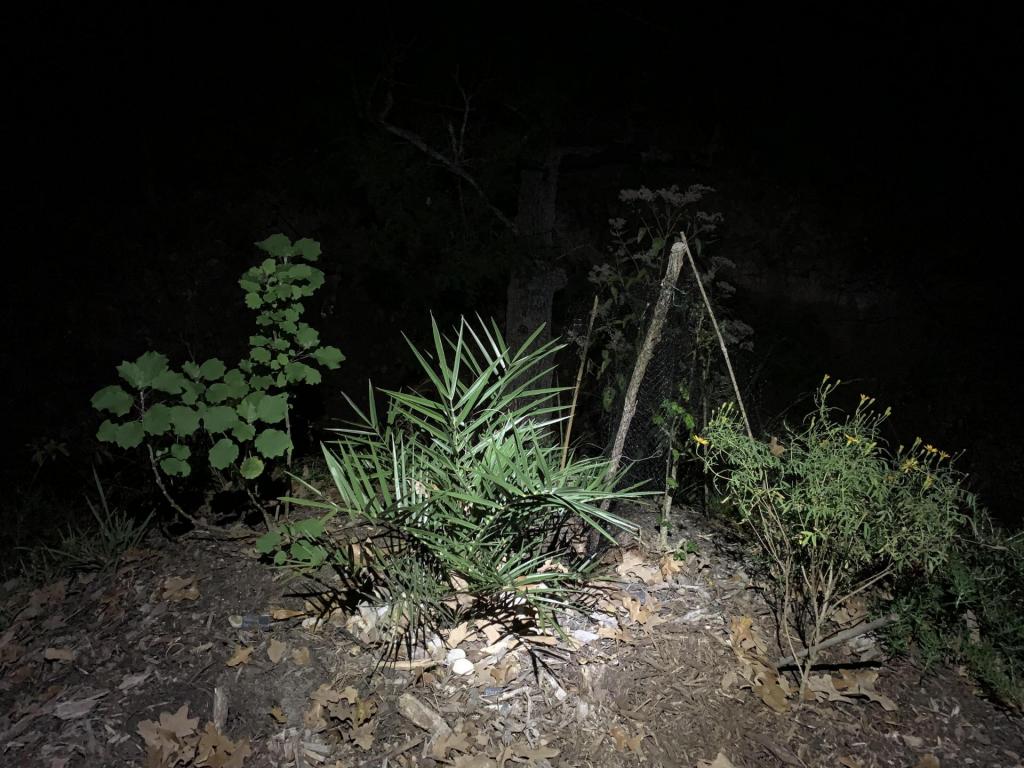

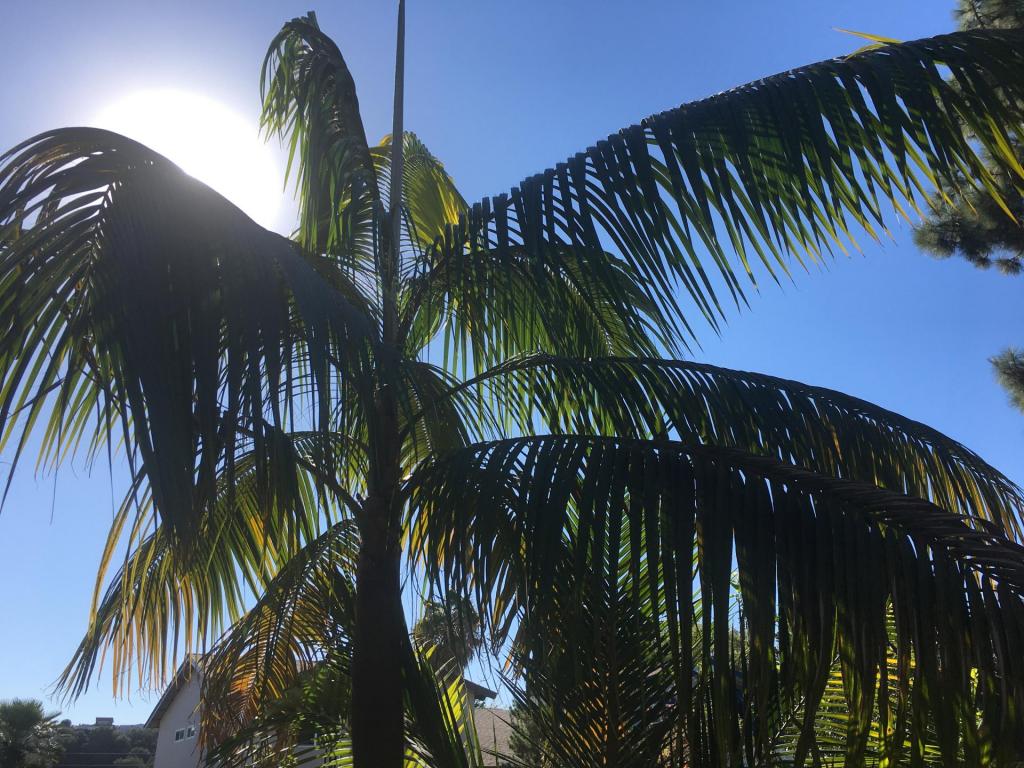

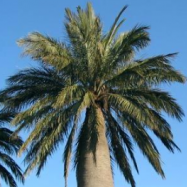
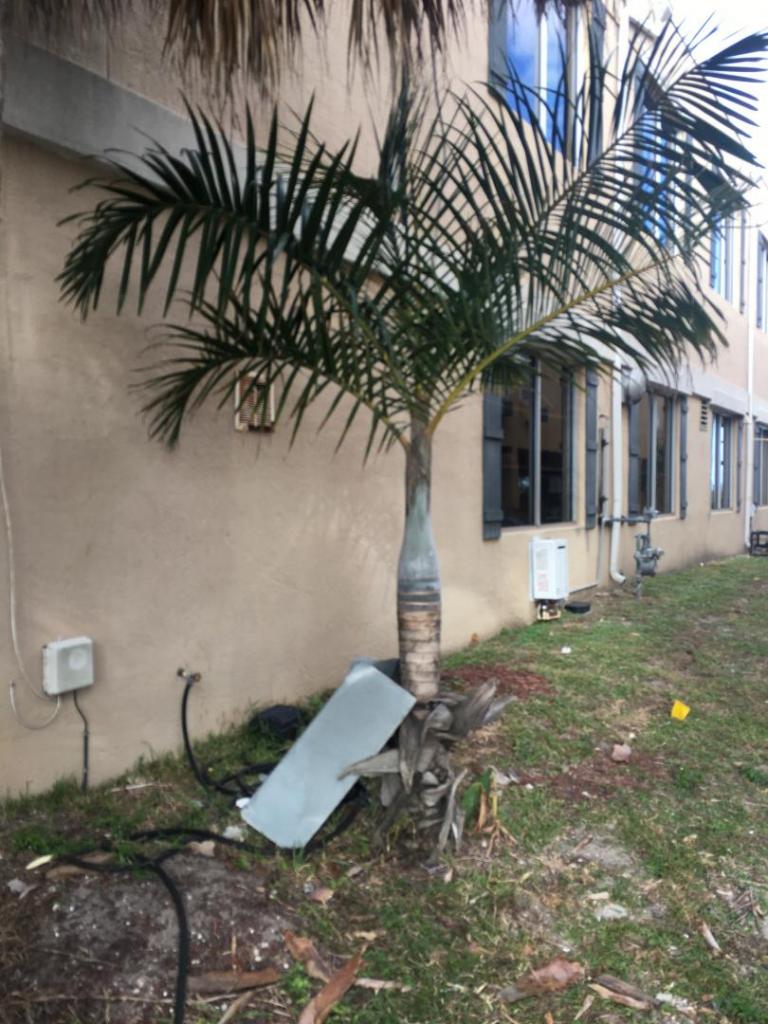
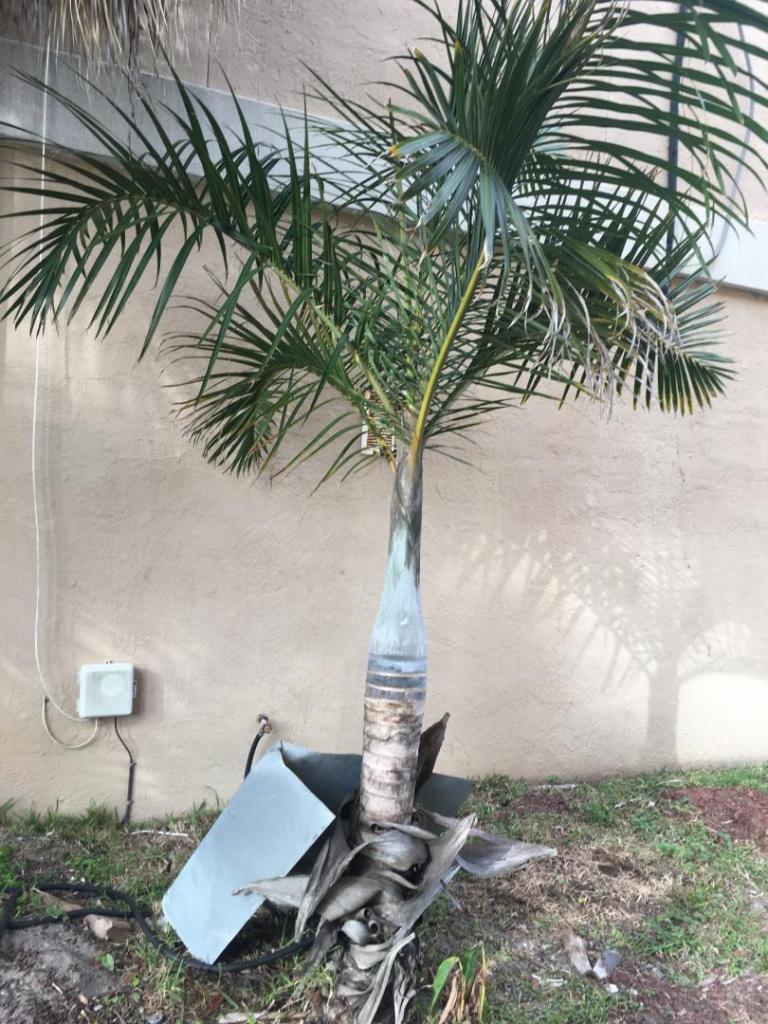


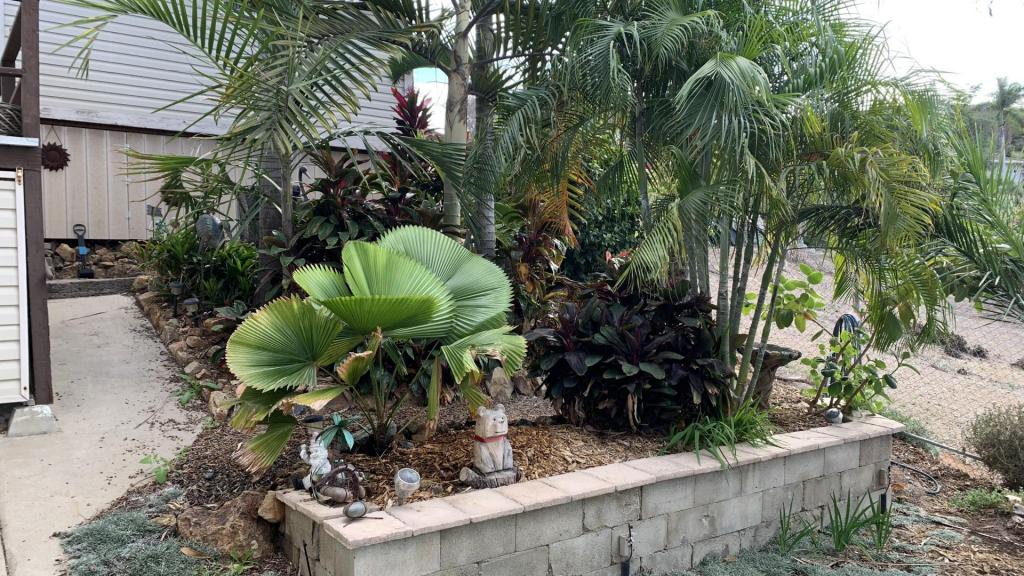



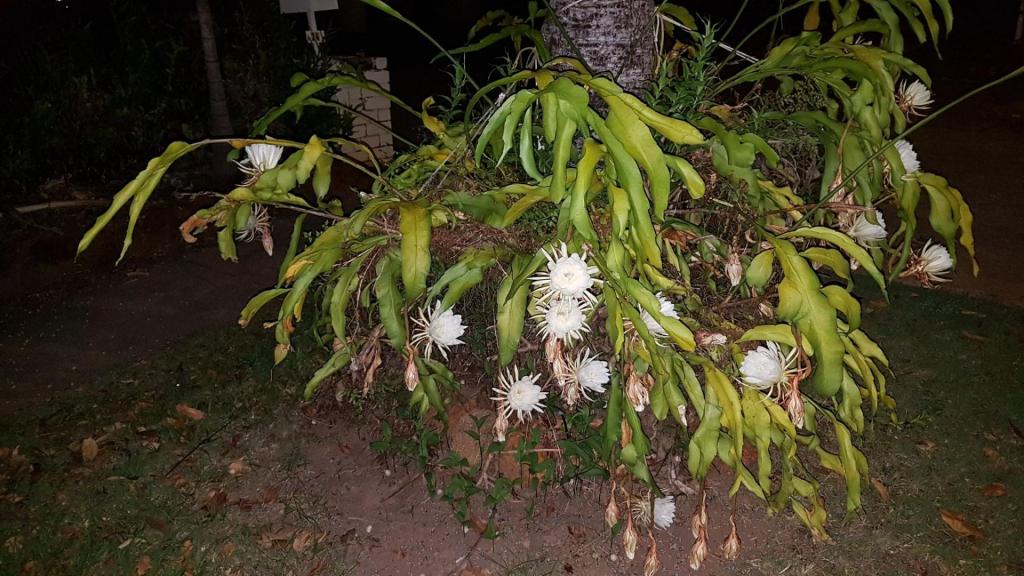

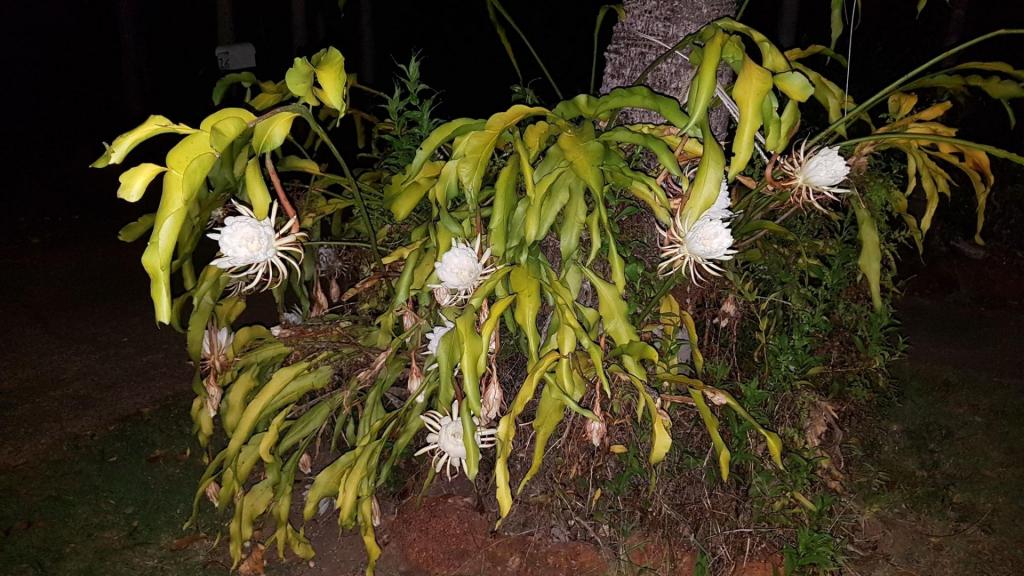
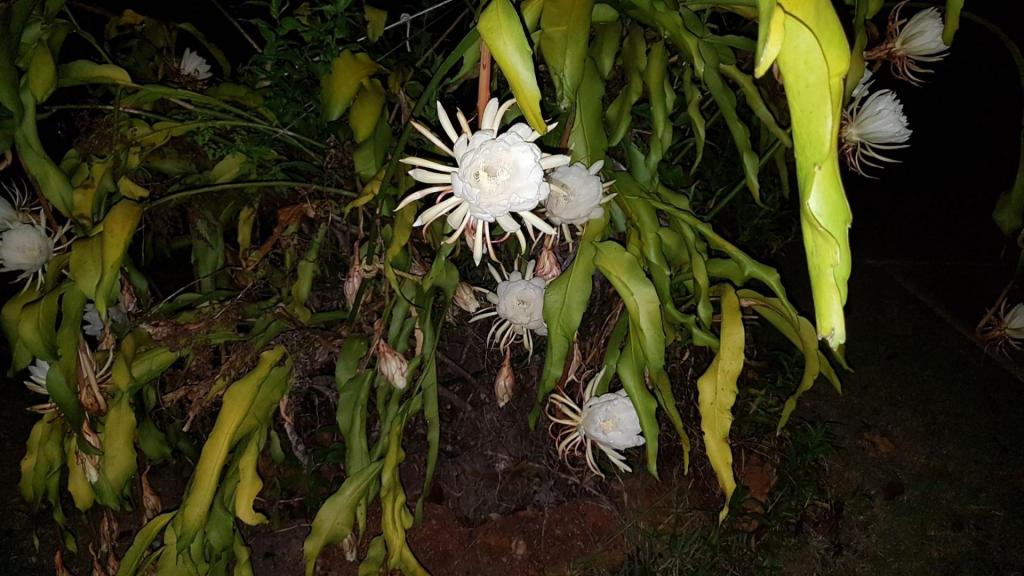
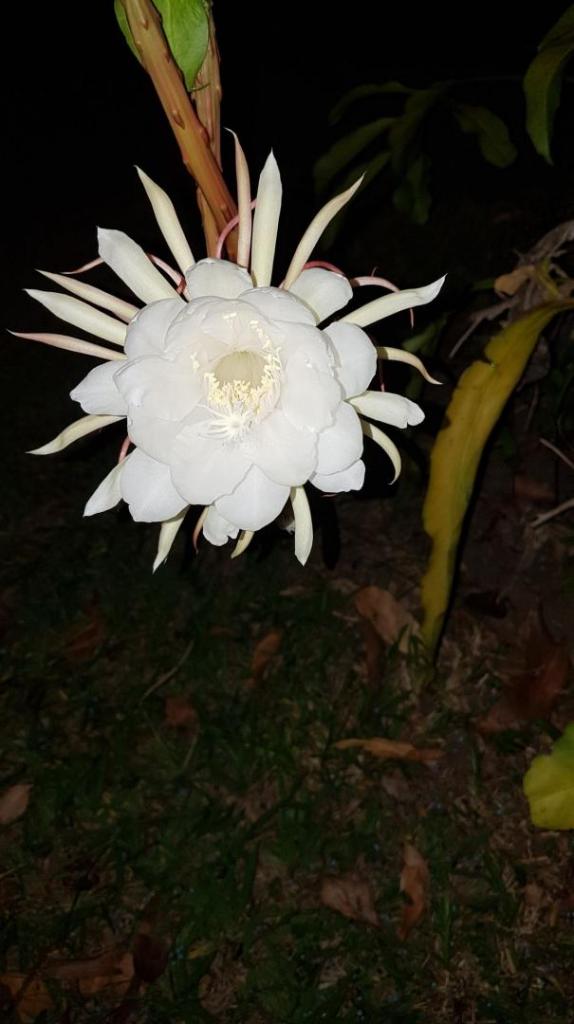
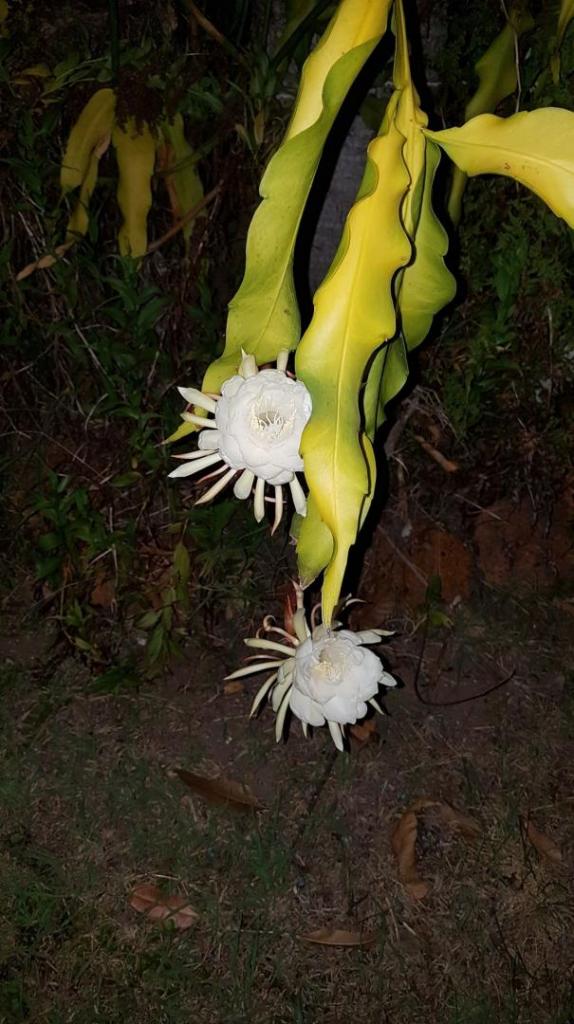
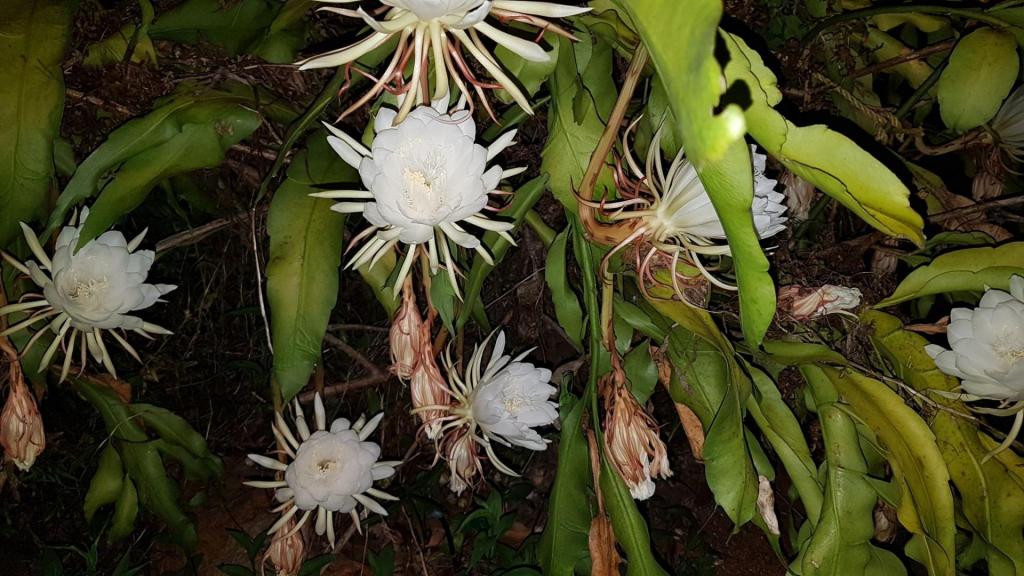
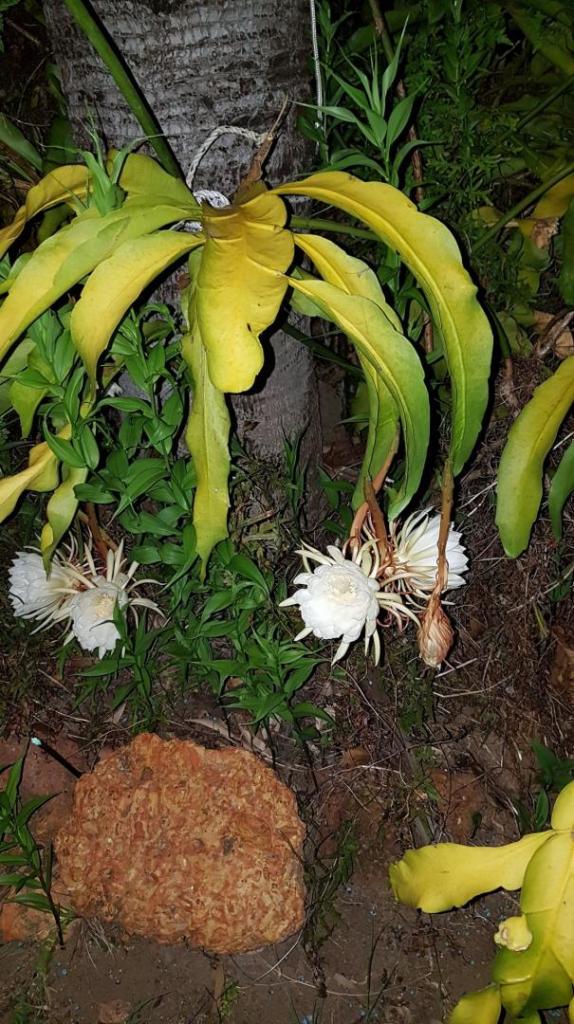
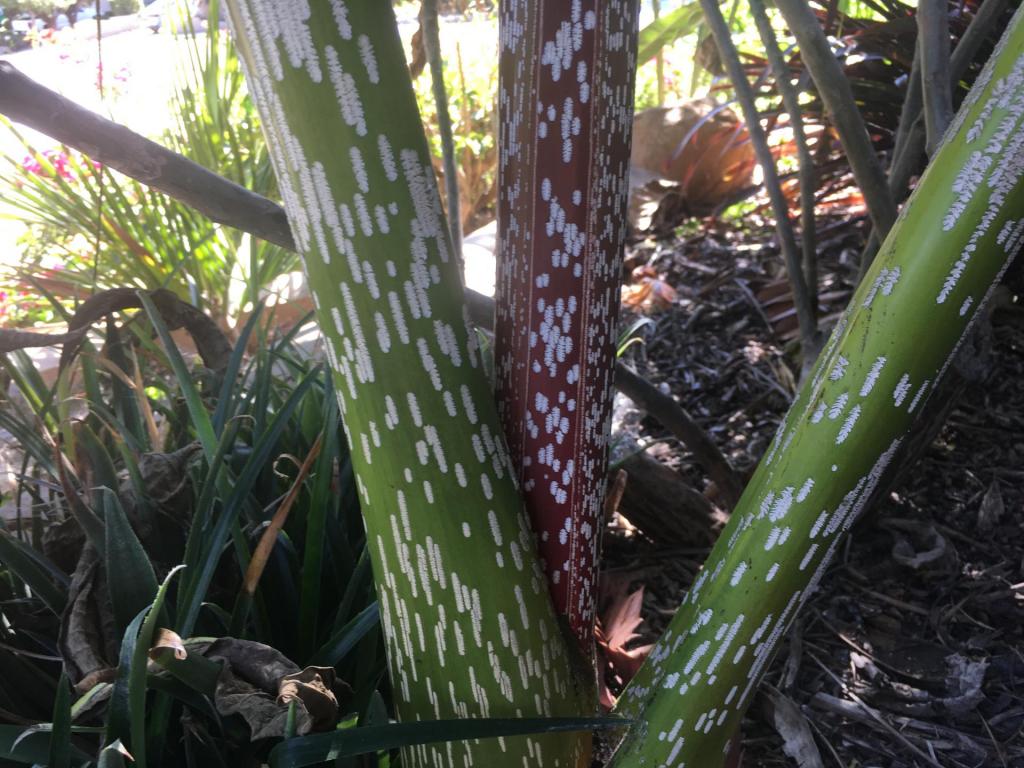
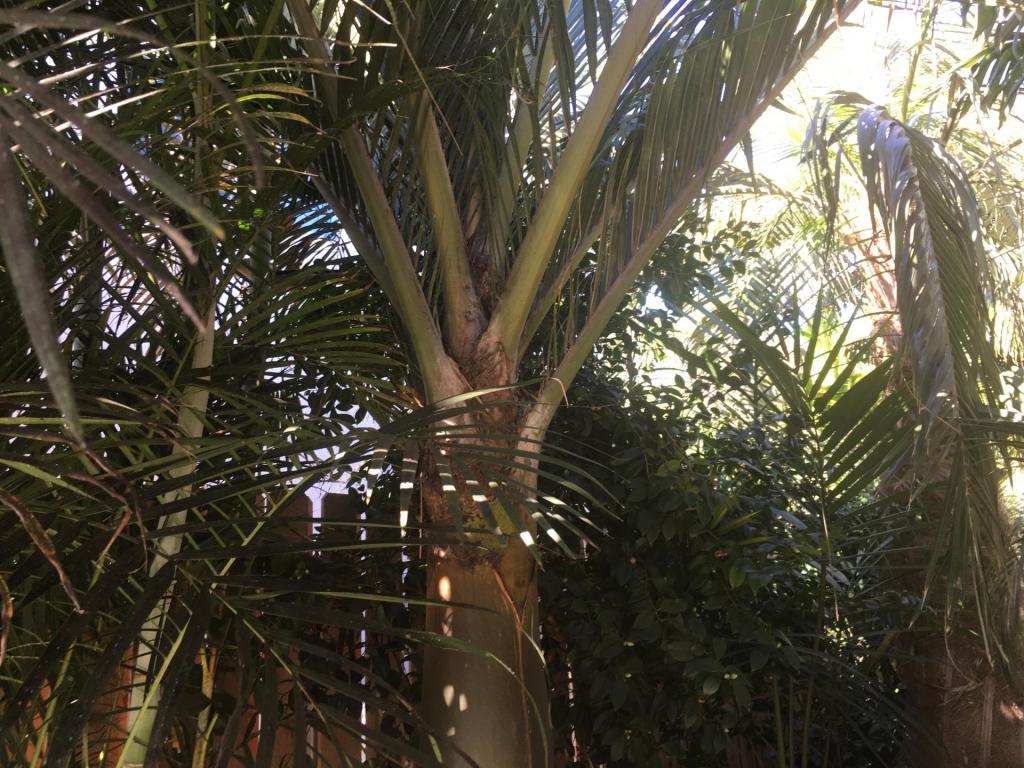





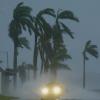
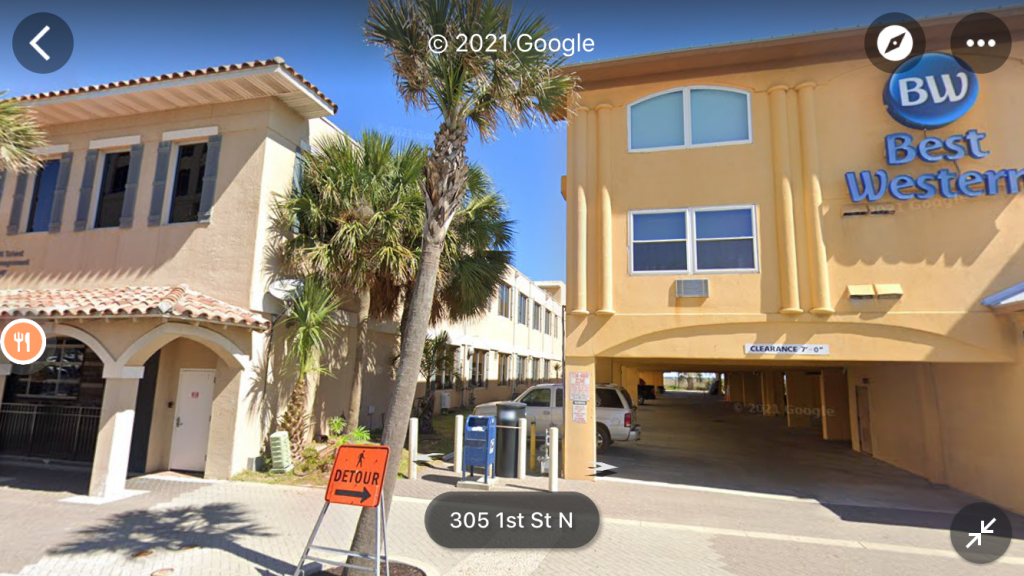



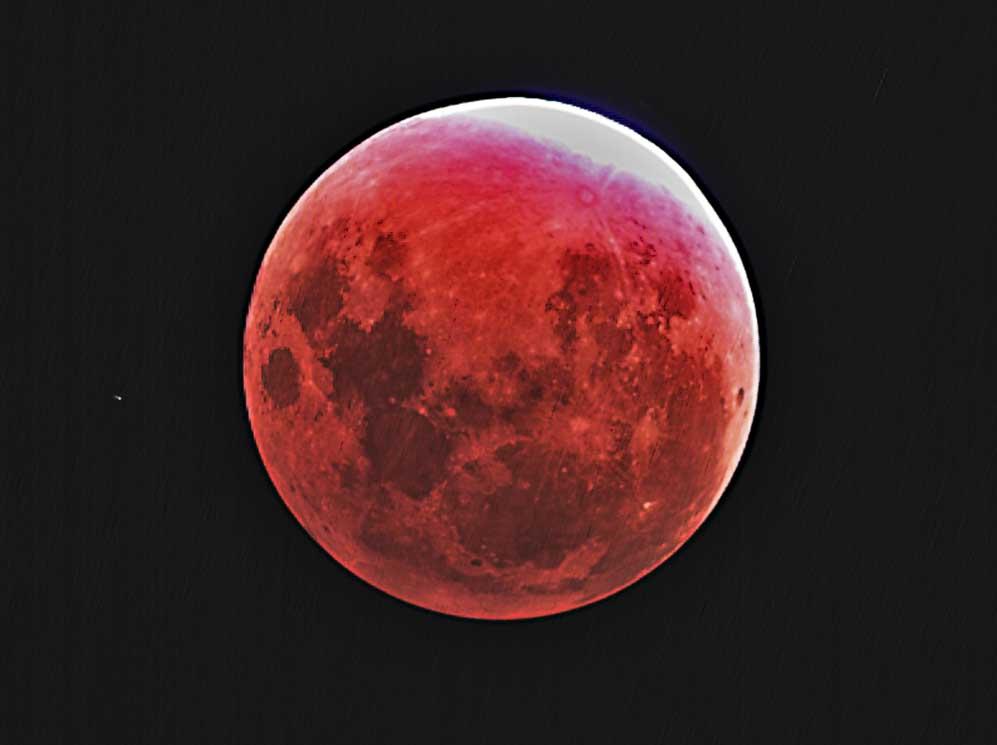
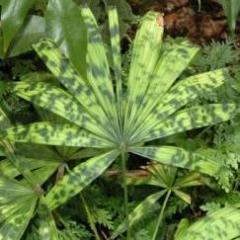


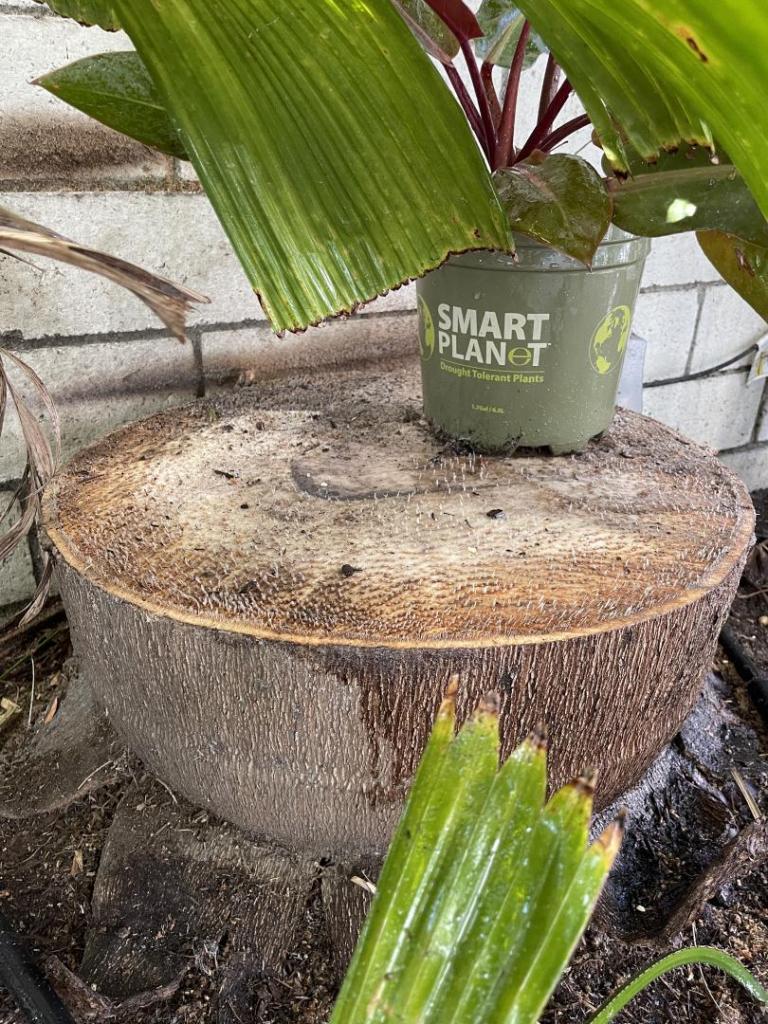

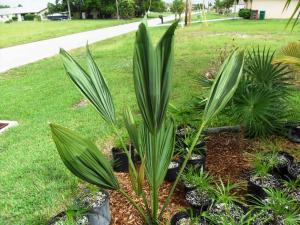
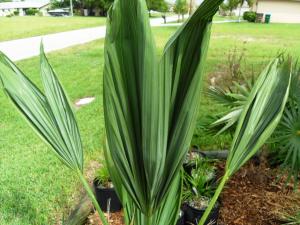

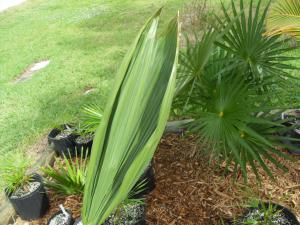
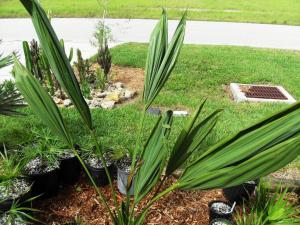
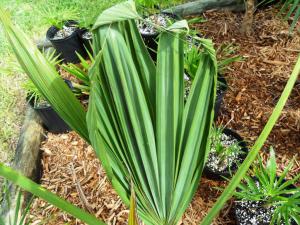

.thumb.png.04b3487b96ff29c55b8a8994b91f62b2.png)




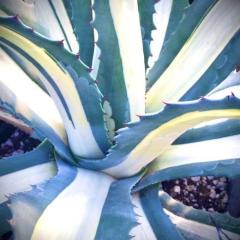
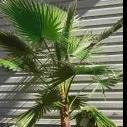



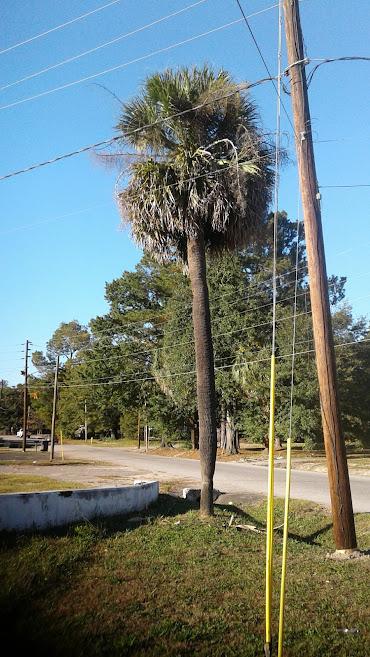
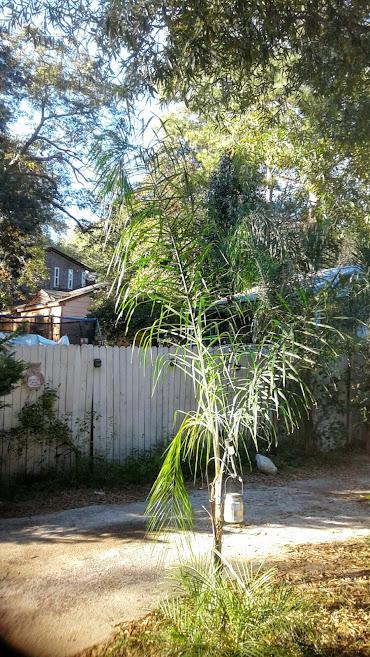

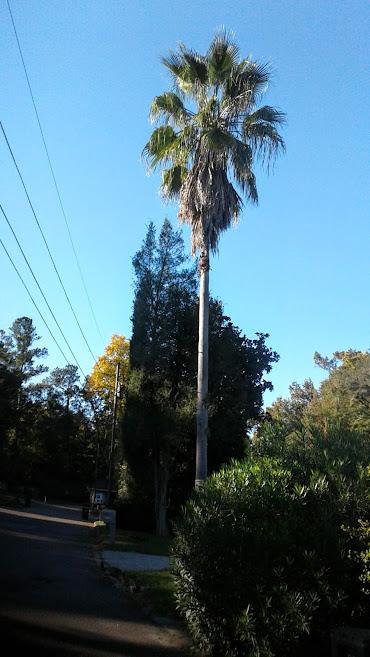

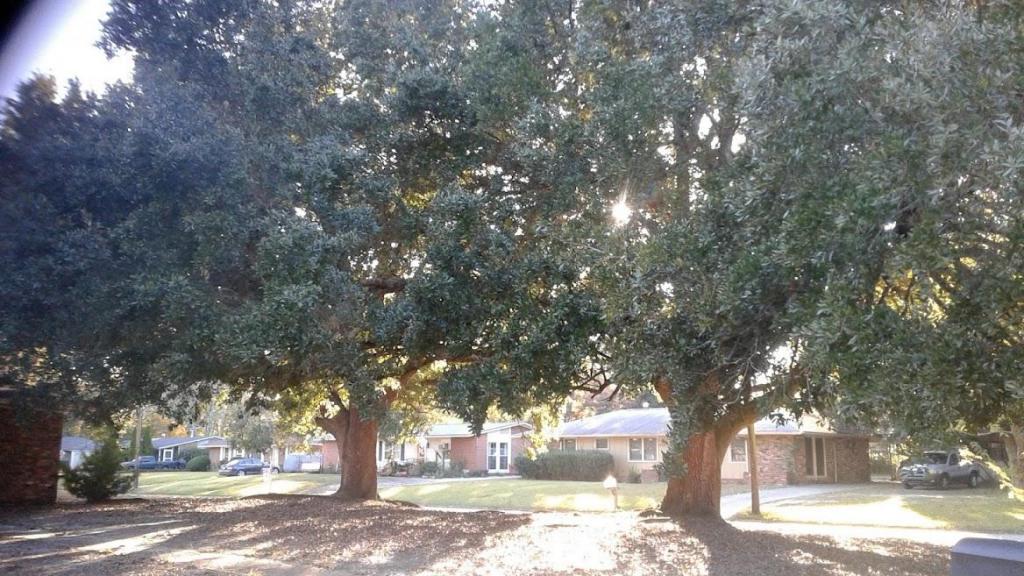

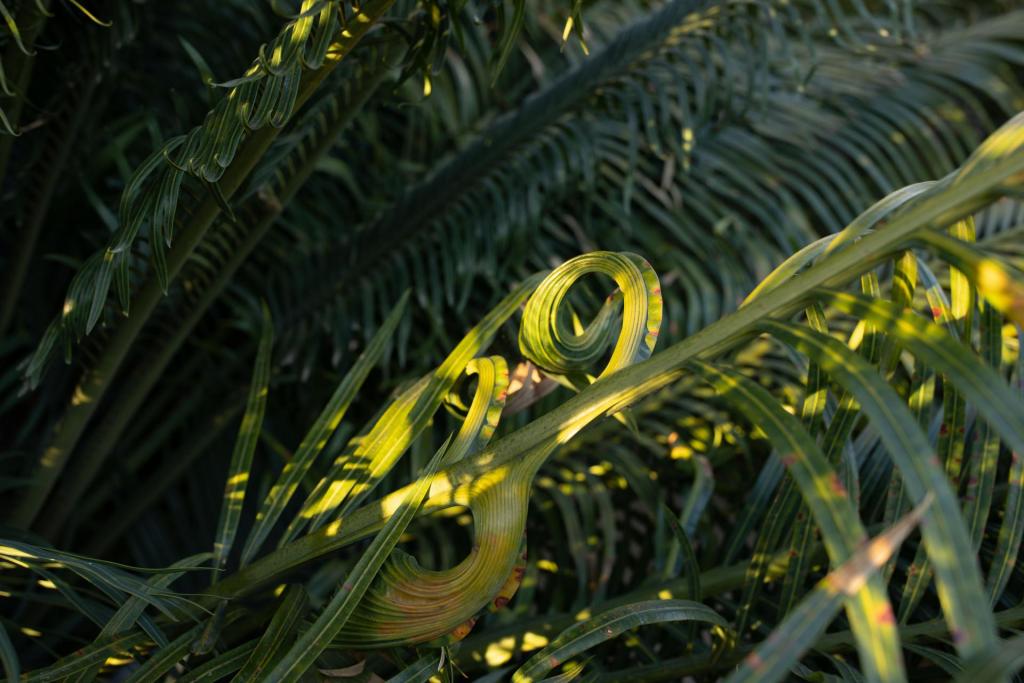
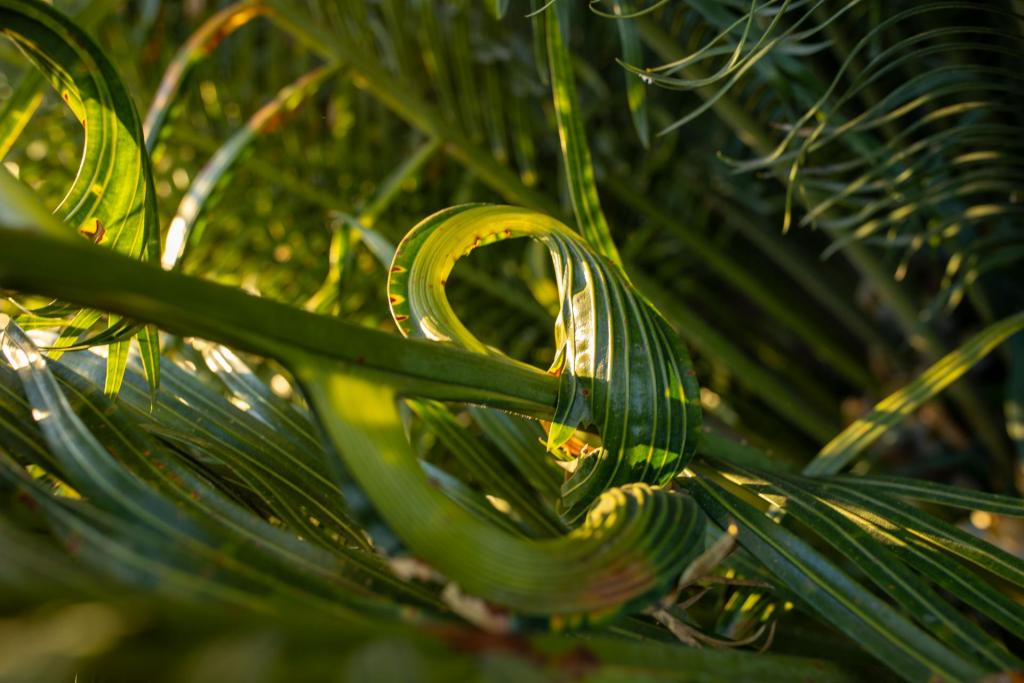

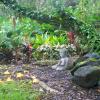
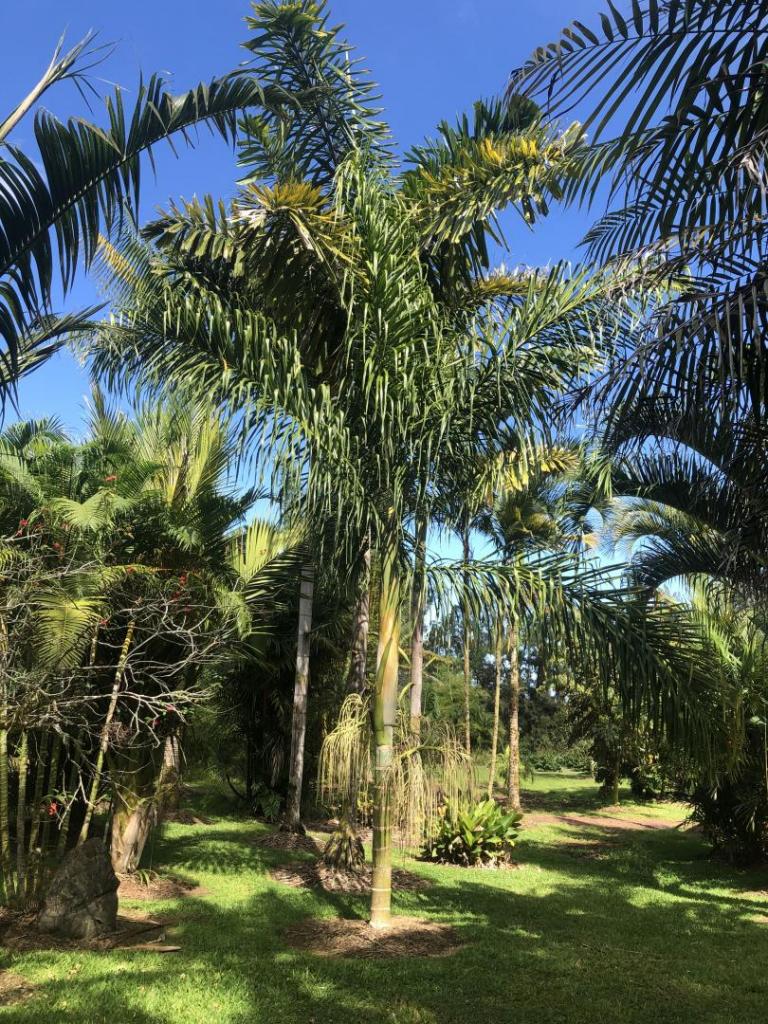
.thumb.jpg.4e91fe2cb87ace844d8164b8e9e1f271.jpg)
